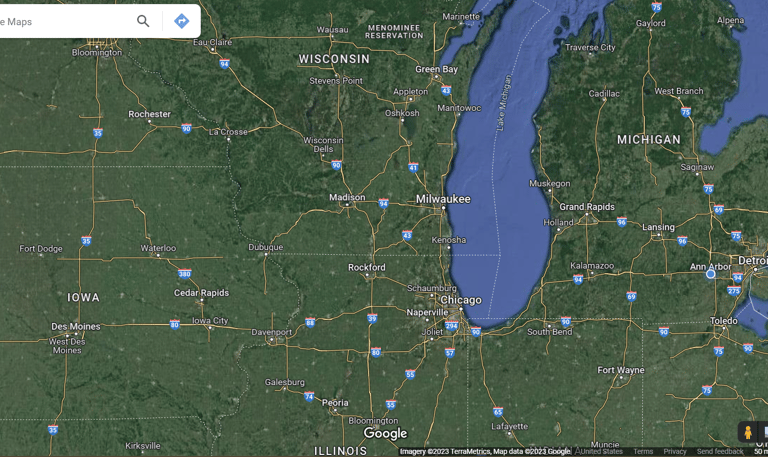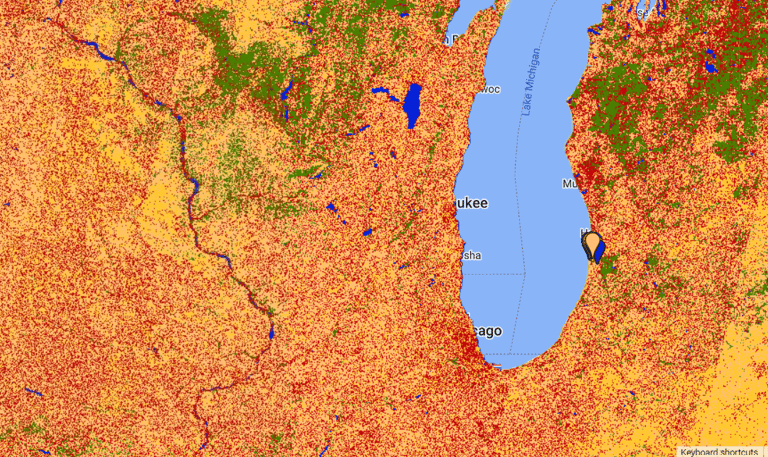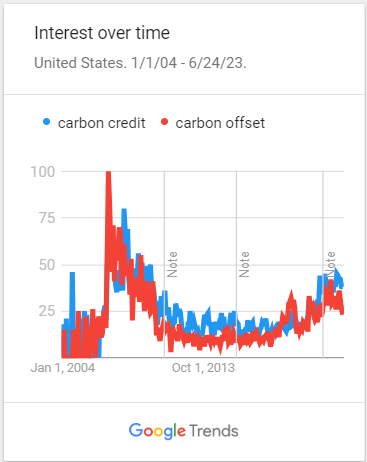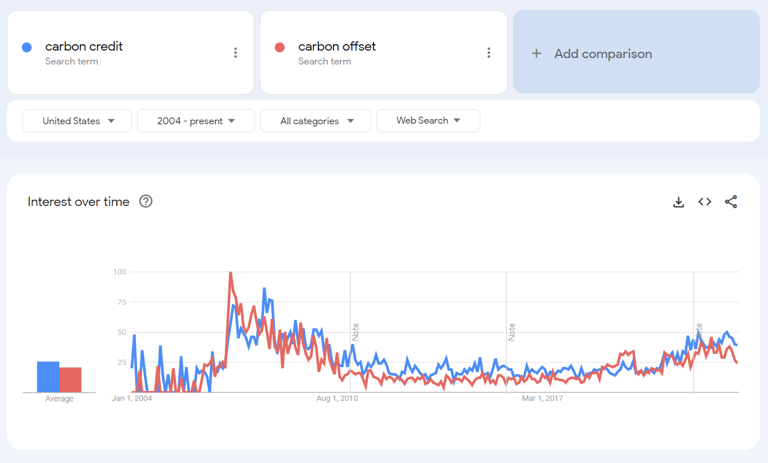
Getting Serious About Carbon Credits
The (re-)emerging carbon credit economy is not sustainable if it only maintains the status quo; we need to get serious about carbon capture and storage (and the way we monetize them).
PROGRAMMINGCAREERLEADERSHIP
Chris Dobmeier
6/23/20234 min read
Further, taking together the accessibility of big data and modern-day technological acuity, there's no reason carbon-removal credits should be so outweighed by carbon-avoidance credits. More pointedly, carbon credits should only apply to projects that actively remove carbon from the atmosphere; and we have more ways than ever before to create such projects. For example, we can train machine learning algorithms with open-access satellite imagery data to identify coastal shores amenable to seaweed farming (my friends know I'm a big enthusiast of GreenWave). As a proof of concept, I created a script to identify plots of land on which to plant trees. Even though the US Dept. of Agriculture already provides tree canopy cover datasets, I simply wanted to explore the integration of machine learning and satellite imagery - and, as it turns out, someone with more computer programming expertise could do this pretty readily.
If you've ever flown over the US (I recognize my carbon footprint here is pretty big), you've probably noticed the inconsistencies between Google Earth's luscious and verdant greens and the washed-out colors outside the airplane window - colors as stripped as the land below (mostly farmland, especially around me in Chicago). Using Google Earth Engine, I pulled global satellite imagery from a dataset by the European Commission and European Space Agency, focusing here only on the United States imagery during June 2022 with images portraying less than 5% cloud coverage (taking the median of all included photos to get an average sunny June 2022 day). There are better ways to do this but I'm running on an old laptop...
Next, I created classifiers for a handful of feature classes: water (blue), tree plots (green), farmland (yellow), barren land (orange), and urban areas (red). I could've probably differentiated the colors better so that the last three classifiers didn't all blend together. I trained the classifiers on Saugatuck-Douglas, MI - an arbitrary but beautiful area (ideally, I would've trained it on several different cities, but I didn't want to take a full day to do this). Using the training dataset, I ran the classifiers on the rest of the US (see the comparison of tree-plot coverage below between Google Earth imagery and my machine-learning experiment).


Especially in the past year, there have been increased efforts to steer capital profit toward a "greener" economy. For example, the environmental and social governance (ESG) framework aims to provide investors with a sustainability score for potential investments. Another is the re-emergence of carbon credits for offsetting greenhouse gas emissions, whereby companies (and individuals) can pay a fee to certified projects that independently reduce carbon emissions, or, more frequently, simply don't contribute to more carbon emissions. Unfortunately, this loophole has tilted the playing field in favor of projects that maintain the status quo. Although land conservation is extremely important in preserving clean drinking water and natural ecosystems, among many other benefits, no amount of conservation can outpace current industrial practices. In other words, conservation is important - even crucial - but we need restoration: capturing and sequestering carbon.
With each passing year, the globe faces unprecedented temperatures and increasingly regular irregularities both dry and wet, leading to what seems like one catastrophe after another. At the same time, in the background, the United Nations continues to fall further behind its sustainability targets, leading many individuals to feel fatalistic about an adequate response to climate change.
Currently, 95% of credits in the carbon market are for conservation (referred to avoidance credits, as they "avoid" increasing emissions). This means that a meager 5% of credits in the market are removal credits, which come from restorative or regenerative projects (i.e., planting trees). In 2022, Morgan Stanley evaluated the carbon credit market to be $2 billion, with estimated growth to "$100 billion in 2030 and around $250 billion by 2050." Crazy if true. To add another perspective, that's an estimated growth of 12,400% over almost three decades.
It would be a shame if the percentage of removal credits (5%) remained disproportionately small, especially since the remaining market space is constituted by projects that don't move the needle. As United Airlines CEO Scott Kirby notes:
"...[carbon offset programs] are a fig leaf for a CEO to write a check, check a box, pretend that they've done the right thing for sustainability when they haven't made one wit of difference in the real world." I highly recommend John Oliver's deep-dive into this issue in his Last Week Tonight.


This project was a proof of concept to myself: not only is it possible to integrate machine learning and satellite imagery data to get a better sense of the environment, but it's easier now than ever before to do so (I did this in just a couple of hours with no prior experience). Most importantly, what this experiment suggests two things. First, that even beginners can (and should) explore how they can leverage their own expertise and interests to help innovate a greener society, and second, that corporations - with abundant resources and technical skills - need to be doing their part to meaningfully invest in the carbon market. In other words, businesses that aim to offset their carbon footprint through the purchase of carbon credits should be investing only in projects that actively regenerate the environment (through capture and storage), and not in projects that merely keep land from being industrialized (though there should be separate incentives for land conservation). Perhaps, to start, we get back to our roots and plant more trees.






